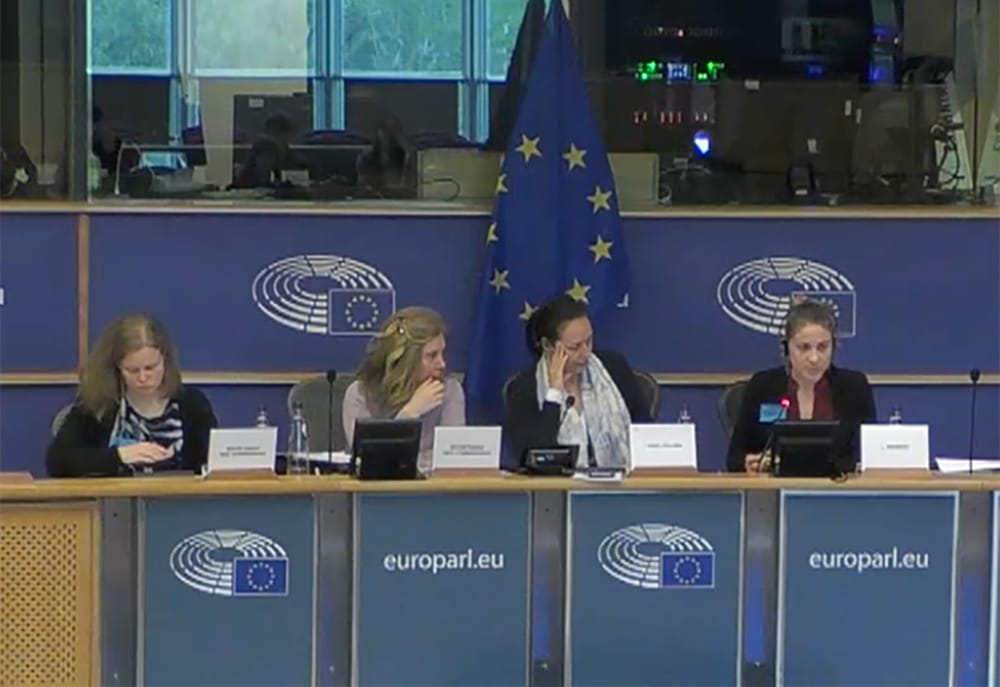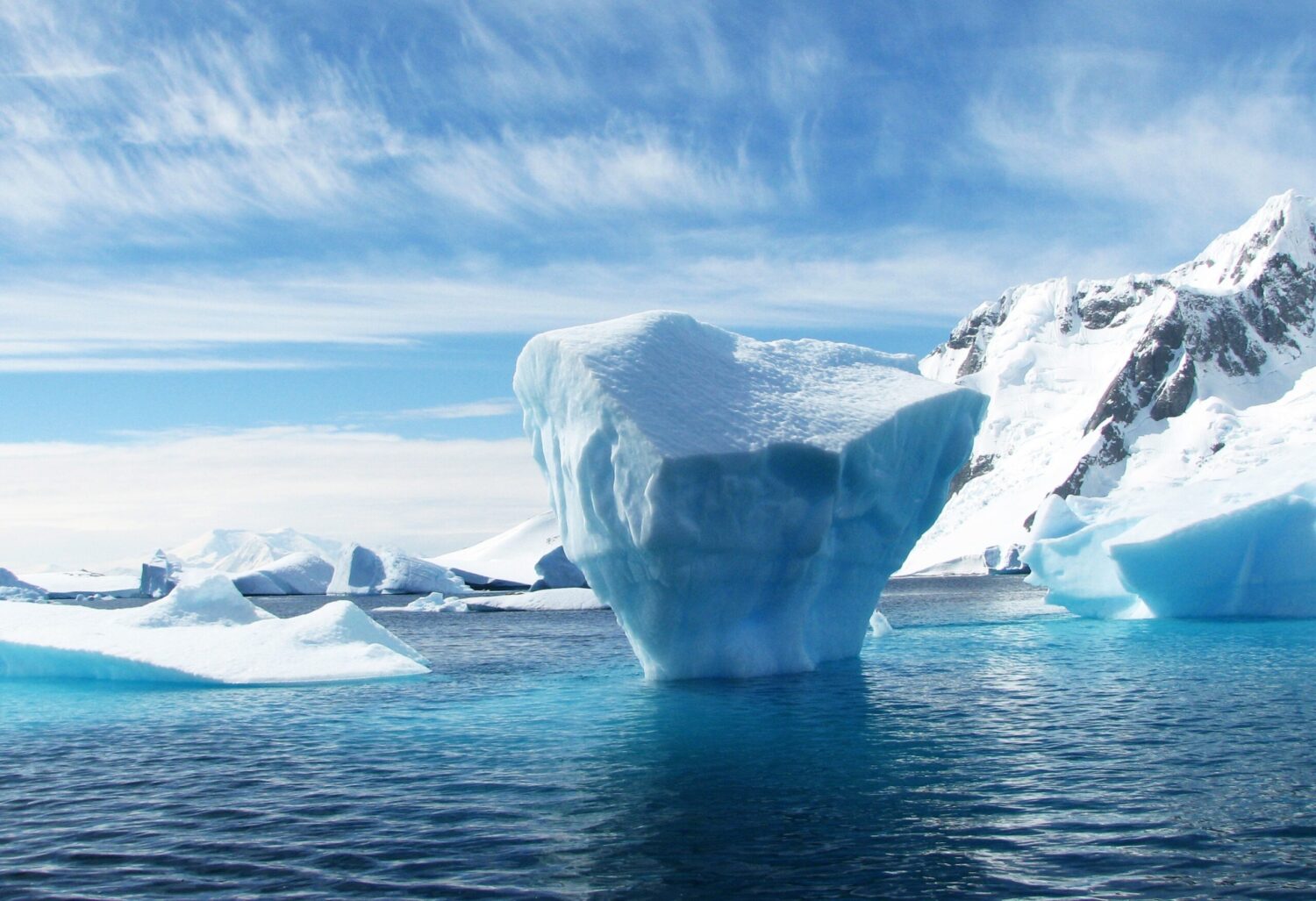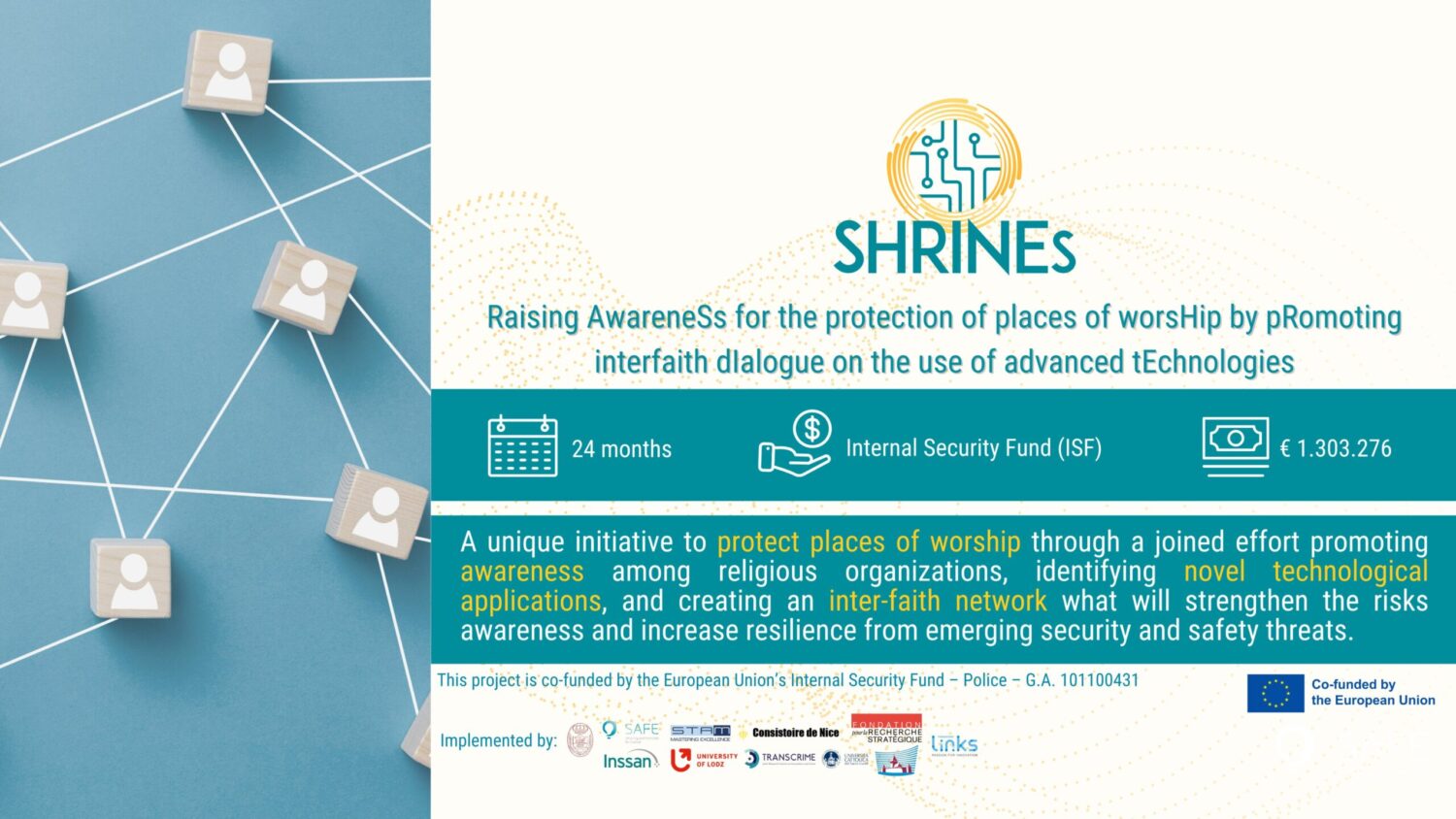This is the question some activists are asking themselves in Spain The presidency of the Council of the European Union (Consillium) is rotating and changes every six months, with Spain scheduled to take over on 1 July, but there are doubts about this.
A Spanish alliance is calling for Spain to be declared to have serious systemic deficiencies in its rule of law. The request is based on its own complaints and its own report on the Spanish rule of law in 2022.
This Alliance is made up of four associations and a social movement whose activity is related to the denunciation of corruption, especially institutional corruption, and the administrative and judicial defence of the victims of what they call “(institutional) metamafia” or the defence of human rights. The Alliance is called “Denouncers of Judicial Authoritarianism” (Denunciantes del Autoritarismo Judicial).
The promoter and spokesman of the Alliance is Javier Marzal and states that:
"Our set of complaints to the European Commission and the Spanish Supreme Court reflect the Spanish institutional reality and the political and economic danger it poses to the European Union and its member countries".
The first of the complaints cover the first four years of the current Spanish government led by Pedro Sánchez. It was sent on 11 November 2022 to the European Commission and, unusually, the Commission accepted to process it in the Economic Unit F3, registering the complaint in Ares(2022)8174536. The main allegations are the falsification of numerous public documents and the systematic usurpation of Parliament by the government, both to legislate and to increase public spending without control, up to double the maximum spending of the previous government in 2022.
The second of the complaints was sent on 27 January 2023 and it was requested that it also be processed in the Directorate for Fundamental Rights and the Rule of Law, and the request was accepted and the complaints were processed in Unit C1 as Ares(2023)1525948. This double processing is also unprecedented.
The set of complaints was completed with the amplifying complaint of 15 April 2023 and Marzal states that: “it is the peacetime complaint with the most brutal facts in the history of Europe”.
The following day the Alliance submitted its report on the Spanish rule of law, requesting that the European Commission declare that Spain has serious systemic deficiencies in its rule of law and that it promote the suspension of the Spanish presidency of the Consillium until Spain demonstrates that it has a rule of law. The Alliance proposes that the suspension be put to a vote in the Council of the European Union (among the presidents of the governments of the Member States) and in the European Parliament.
This request has also been made by two MEPs at the annual plenary session of the European Parliament in January 2023, namely Hungary’s Eniko Gyori and Portugal’s Eniko Gyori. Eniko Gyori was the Hungarian Ambassador to Spain from 2014 to 2019, so she knows the Spanish situation well.
Complaints and petitions regarding the rule of law and the Consillium Presidency have also been sent to several MEPs, the Swedish Presidency of the Council of the European Union and several European governments.
This is the first time that individuals and European officials have called for a declaration of dysfunction of the rule of law in an EU Member State and the suspension of the Consillium Presidency.
As a precedent to these actions, it should be noted that the European Commission itself warned Spain in October 2022 that it would not grant any more funds for reconstruction after the Coronavirus Crisis to Spain if the Spanish government did not detail the destination of these funds.
The European Commission was unable to inform the European Parliament’s Committee on Budgetary Control (CONT) about the destination of the Next Generation EU funds transferred to Spain. The President of CONT, Monika Hohlmeier, decided to meet with the Spanish government in Spain to clarify this serious matter. A Commission of ten MEPs, led by Germany’s Hohlmeier, were in Madrid between 20 and 22 February.
At the end of the meetings, she said: “It is impossible to trace the funds to the final beneficiary”, because Spain has not fulfilled its commitment to set up the CoFFEE platform that the Spanish government promised Brussels would be up and running by November 2021.
MEP Susana Solís said: “We don’t know where 3 billion that has already been allocated have gone”. Marzal says that “In Spain, the European Union is strongly criticised for having granted 37 billion euros to Spain, with no guarantees as to the destination of the Next Generation EU funds, and also knowing full well the contempt for the legality of the current government”.
The Coronavirus Crisis and the Next Generation EU funds have led the European Union into a difficult political and economic situation that is beginning to eliminate excessive permissiveness with governments. We must remember that the European Statistical Office (Eurostat) published in 2018 that in the European Union corruption took 4.8% of GDP, in this regard Marzal says that
"The figures of corruption in Spain and in the European Union do not allow us to affirm that the rule of law is working properly, as European officials irresponsibly claim. Corruption threatens to economically collapse several countries and the European Union itself, but the situation is an opportunity to solve this serious problem".
The Alliance’s website www.contraautoritarismojudicial.org contains the denunciations and the report in both English and Spanish. The report is also available in French and German.















